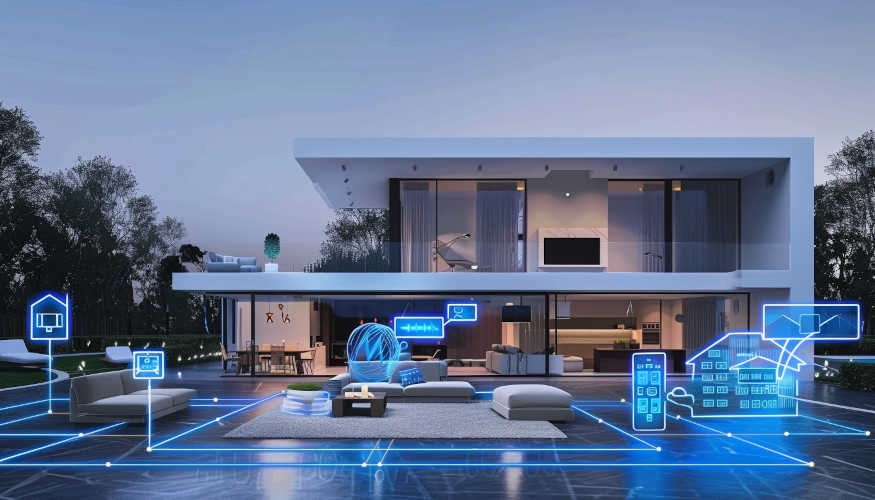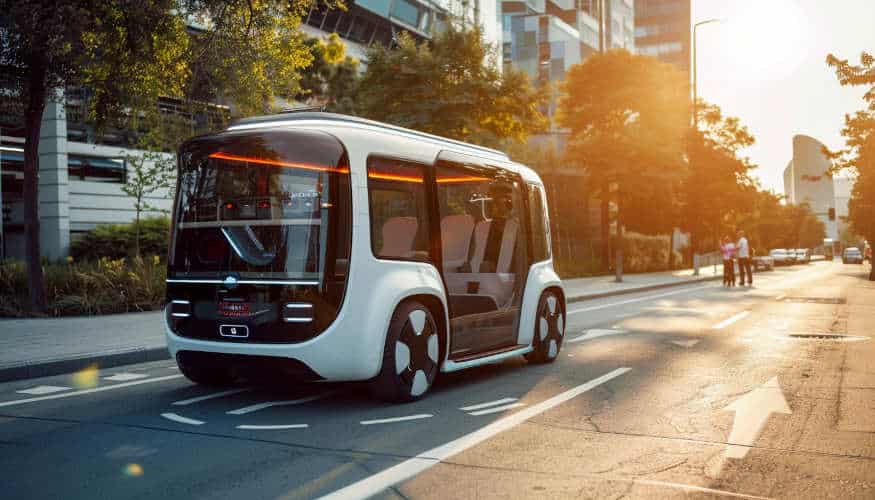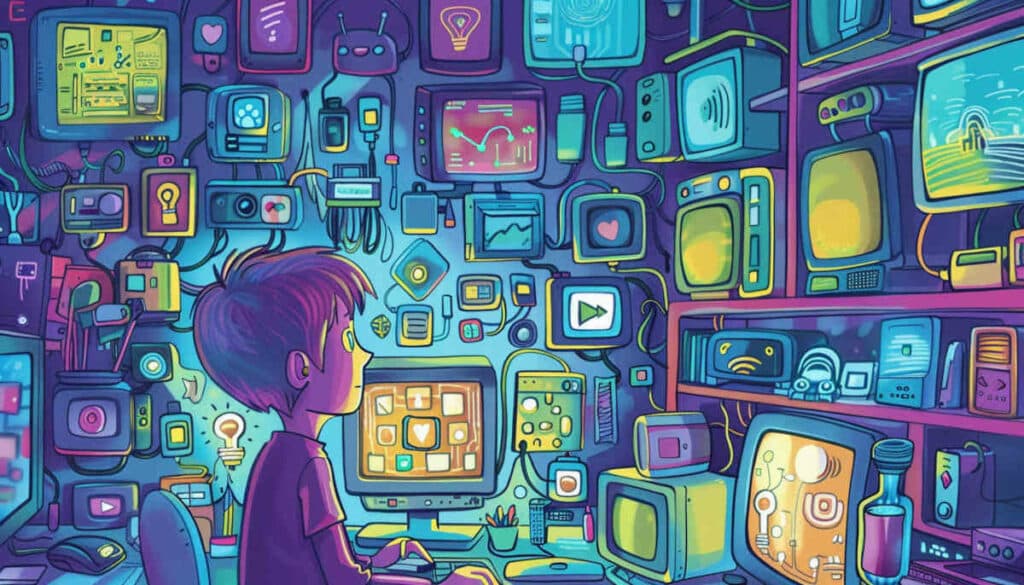Quietly, the Internet of Things has settled into our daily lives. Voice assistants and connected light bulbs have become commonplace in homes. IoT is also sneaking into the professional world, and on the horizon, communication between connected objects paves the way for ambitious applications.
The Internet of Things (IoT) involves providing Internet connectivity to the most common objects. These objects can then be intelligently managed via applications or can be controlled remotely.
Billions of connected objects
According to Exploding Topics, by 2024, there will be more than 15 billion IoT objects in the world, with a third in China. And this number is expected to double by 2030. In fact, a large number of IoT devices are already part of everyday life.
Voice assistant
Everyone has gotten used to controlling other applications, but also other connected devices from their voice assistant Google Home, Amazon Echo or Apple’s Homepod. According to COMK, more than one in two French people use a voice assistant and 77% of them believe it improves their daily life.
Surveillance cameras
Surveillance cameras have become common items in appliance stores. There are many kits that can alert you on your smartphone and give you access to the intercom in case of suspicious movements.
Connected wristbands

Since 2017, Fitbit markets “activity trackers” – mostly in the form of wristbands – that help analyze physical activity. They can indicate the number of steps taken, the number of floors climbed, or the heart rate. A thesis by the American Heart Association suggesting that taking 10,000 steps a day reduces the risk of heart disease has significantly contributed to the popularity of this type of accessory. Other players have entered this field: Jawbone, Garmin, Apple…
Connected scale
Since its launch at the end of 2009, the Withings scales have won over millions of users attracted by their ability to monitor weight evolution and provide personalized health advice.
Recreational drones
Launched in 2010, the Parrot AR. Drone was the first drone to conquer the general public. Since then, many competitors have appeared, such as the Chinese DJI, with bestsellers like the Mavic range.
Connected light bulbs
Philips Hue and similar models from Google or Xiaomi have naturally integrated into our homes. Perhaps you’ve installed one and programmed various lighting settings suitable for different times of the day.
Connected electric meter
Although controversial, the Linky meter has slowly found its place. It allows EDF to read a household’s consumption without having to enter the building. An intelligent energy management system would help regulate our consumption and result in a reduction of the electricity bill. In addition, Linky’s radio module can inform Enedis in case of a power outage, knowing that most incidents can be managed remotely.
Connected home

Once inaccessible, the connected home has progressively become more democratic. The trend that has developed is “Do It Yourself”. Most of the new home automation objects can be connected and activated easily. Google, Microsoft, and Apple are among the major players in the sector.
The smart thermostat lowers the heating when we are away. The washing machine delays its start until the time when the cost of energy is lower. Objects can alert you: the smoke detector sends an SMS if it detects a problem. The home presence simulator turns on lights to give the impression that someone is there when you’re on vacation.
Remote control
The ability to remotely control a device is the factor that motivates most users to acquire IoTs. You may have experienced this situation: halfway to the station, doubts assail you: Did you close the windows? Thanks to connected homes, it’s no longer necessary to return: locks can be operated from a smartphone.
Professional IoT
In the professional domain, IoT favors certain forms of telemetry (remote measurement), building supervision (fire alarm, etc.), or also the management of urban equipment (lighting). In some warehouses, chips allow the location of packages. In the construction sector, sensors can continuously monitor the solidity of a bridge.
Communicating objects

IoT operates at a higher level when connected objects can exchange data among themselves. We have a preview with voice assistants, but on a larger scale, the exchange of information opens the path to advanced uses.
- An autonomous car like Waymo collects all sorts of information from the road, to adapt its driving, speed, evaluate different routes, or traffic conditions.
- “Smart cities”, those cities whose components (buildings, energy networks, roads, means of transportation, public lighting, traffic lights, etc.) are connected, see the development of a multitude of services: optimized water management, energy distribution…
Thus, IoT leads to a large-scale transformation of our civilization.










